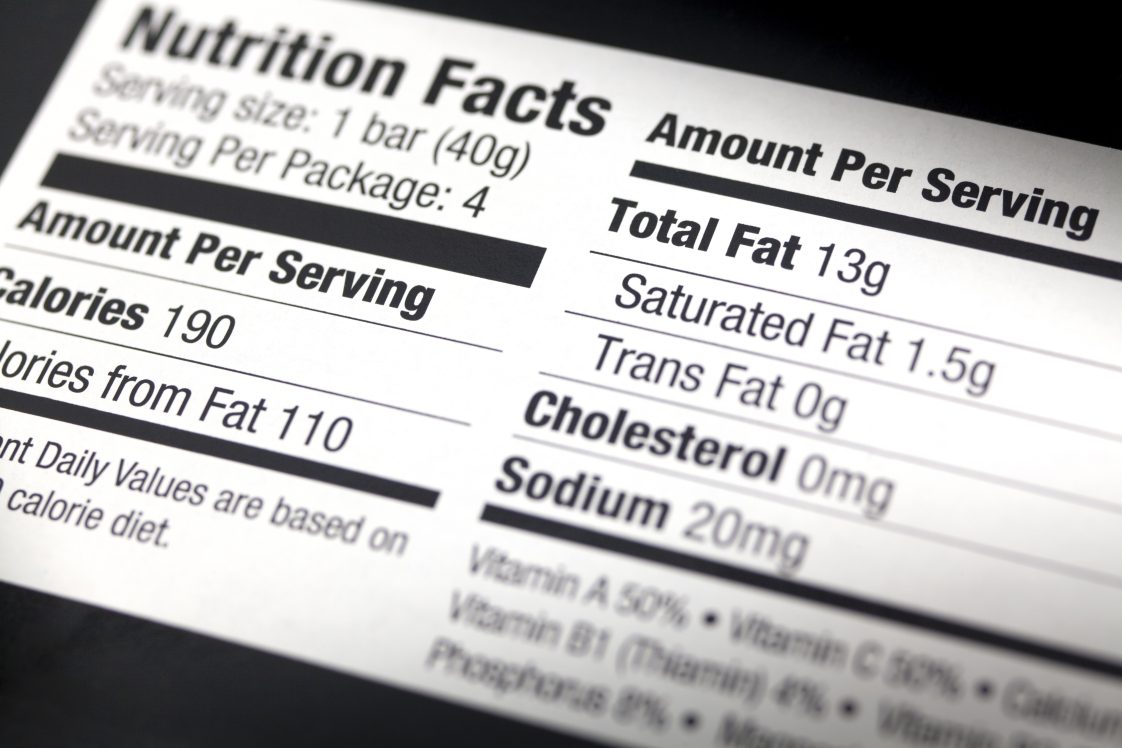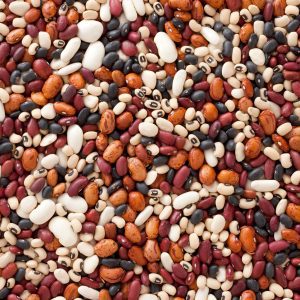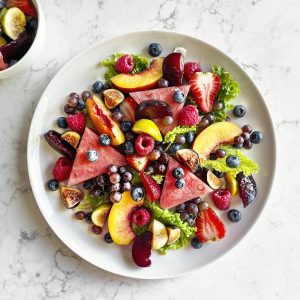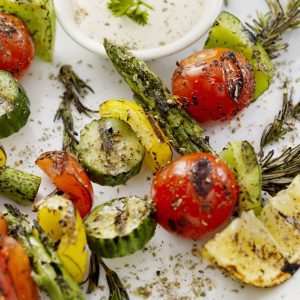Home & Family

Good fats, bad fats, animal fats, vegetable fats—it’s hard to keep track of all the different kinds of fats and what you are and are not supposed to eat.
Types of Fat
Fat is a nutrient essential for health, and a source of energy. The benefits of fats are that they (1) support cell function, (2) protect organs and help keep the body warm, (3) help the body absorb some nutrients, and (4) produce important hormones. Too much fat in your diet, especially saturated and trans fats, increases your risk for several diseases, including heart disease, obesity, high blood pressure, diabetes mellitus, and certain types of cancer.
Saturated Fats (Increase Low-Density Lipoprotein or LDL)
Saturated fats come from animal products, such as cheese, fatty meats, and dairy desserts, and tropical oils, such as palm oil. Saturated fats are solid at room temperature. Examples of foods are beef, lamb, pork, poultry (especially with skin), lard and cream, butter, cheese, ice cream, and coconut and palm oil.
Trans Fats (Increase LDL)
Trans fats are found in partially hydrogenated vegetable oils, such as hard margarines, and vegetable shortenings. Foods with these fats include fried foods, baked goods, and snack foods.
Polyunsaturated and Monounsaturated Fats
Polyunsaturated and monounsaturated fats are found mainly in soybean, canola, olive, tuna, mackerel, salmon, and nuts. Fats are liquid or soft at room temperature. Omega-3 fats are a healthy source of polyunsaturated fat and are unconsumed by most individuals. Unsaturated fats are considered “good” fats, which can improve blood cholesterol levels and stabilize heart rhythms.
What Is Cholesterol?
You’ve heard of it before. And you even know you shouldn’t eat too many hamburgers and french fries. But what is cholesterol, and what does it have to do with fat? Cholesterol is a soft, waxy, fatlike substance found in the bloodstream and all your body’s cells. It is in meat, milk, butter, cheese, egg yolks, and seafood (crab, lobster, shrimp). Our bodies, which need some cholesterol to survive, produce most of the needed blood cholesterol. The rest (about 25 percent) comes from the foods you eat. Too much cholesterol can clog your arteries and lead to serious diseases such as heart disease. The good news is that you can control how much cholesterol you eat.
Here’s the Breakdown
Low-density lipoprotein (LDL), also called bad cholesterol can slowly build up in arteries and decrease blood flow.
High-density lipoprotein (HDL) or good cholesterol is high levels that can protect against heart attacks.
Triglycerides are a type of fat in your blood that your body uses for energy. Being overweight or obese, physical inactivity, cigarette smoking, excess alcohol consumption, and diets high in fats (saturated and trans) can increase the amount of cholesterol in your body.
Know Your Numbers
- Total blood cholesterol: less than 200 mg/dL
- LDL: less than 100 mg/dL
- HDL: more than 40 mg/dL
- Triglycerides: less than 150 mg/dL
Cholesterol tests your physician provides can check the levels of your total blood cholesterol, LDL, HDL, and triglycerides.
Tips for Cutting Down on Fat
Meats
- Limit your intake of high-fat, processed meats, such as bacon, sausage, and hot dogs.
- Limit your intake of liver and organ meats.
- Limit fried foods. Broil, bake, or boil meats for a healthier choice.
- Choose chicken, turkey, fish (contains omega-3 fats), and other lean meats. Trim the fat from meat and take off the skin of chicken. Select white meat over dark meat.
- Use egg yolks and whole eggs in moderation.
- Choose dry beans, peas, and lentils.
- Watch your portion size. Aim for a 3- to 4-ounce serving per day, which is about the size of a deck of cards.
Fats and Oils
- Choose vegetable oils such as olive, canola, safflower, sunflower, corn, and peanut.
- Include fish and nuts in your diet for healthy fats (polyunsaturated and monounsaturated fats).
- Try mustard instead of mayonnaise.
Dairy Products
- Choose nonfat, low-fat, or 1 percent milk and low-fat yogurt and lower-fat cheeses (part-skim mozzarella, swiss cheese, low-fat cottage cheese, and low fat provolone).
Vegetables
- Season with herbs, spices, lemon juice, or small amounts of healthy oils.
- Avoid cooking in animal fat, shortening, lard, or butter.
Desserts
- Choose fruits for dessert (fresh, frozen, or canned in 100 percent fruit juice).
- Choose low-fat options: sherbet, gelatin, angel food cake, vanilla wafers, and pudding made with skim milk.
Processed Foods
- Limit the intake of foods such as chips, cookies, frozen dinners, hot dogs, and cold cuts.
- Limit store-bought baked goods that may be high in saturated fats and trans fats.
- Use the Nutrition Facts Label to identify the total fat, saturated fat, and trans fat. Aim to keep trans fat as low as possible. Remember that a 5 percent Daily Value (DV) or less is low, and a 20 percent DV or more is high.
References
- Dietary fats (2023) www.heart.org.
- Fats and cholesterol (2019) The Nutrition Source.
- HDL (good), LDL (bad) cholesterol and triglycerides (2023) www.heart.org.
- The skinny on fats (2023) www.heart.org.
 Revised by Helen Jones, Human Sciences Regional Extension Agent, Auburn University, and Tamara Warren, Extension Specialist, Alabama A&M University. Previously revised by Onikia N. Brown, former Extension Specialist, Auburn University. Originally written by Kajuandra Harris Huntley, former Extension Specialist, Auburn University.
Revised by Helen Jones, Human Sciences Regional Extension Agent, Auburn University, and Tamara Warren, Extension Specialist, Alabama A&M University. Previously revised by Onikia N. Brown, former Extension Specialist, Auburn University. Originally written by Kajuandra Harris Huntley, former Extension Specialist, Auburn University.
Revised January 2024, Understanding Fats and Cholesterol, HE-0910




